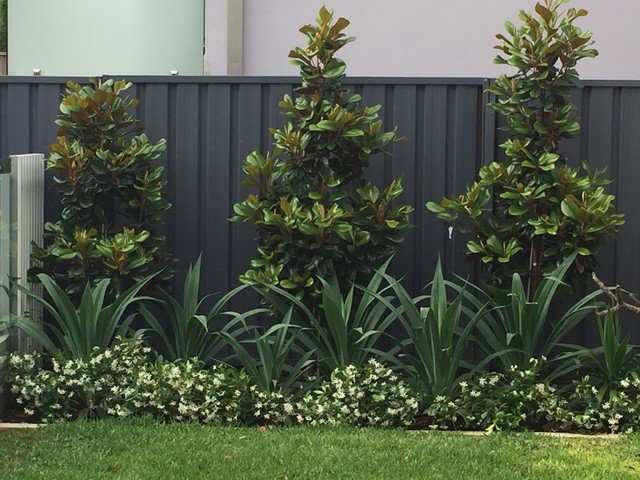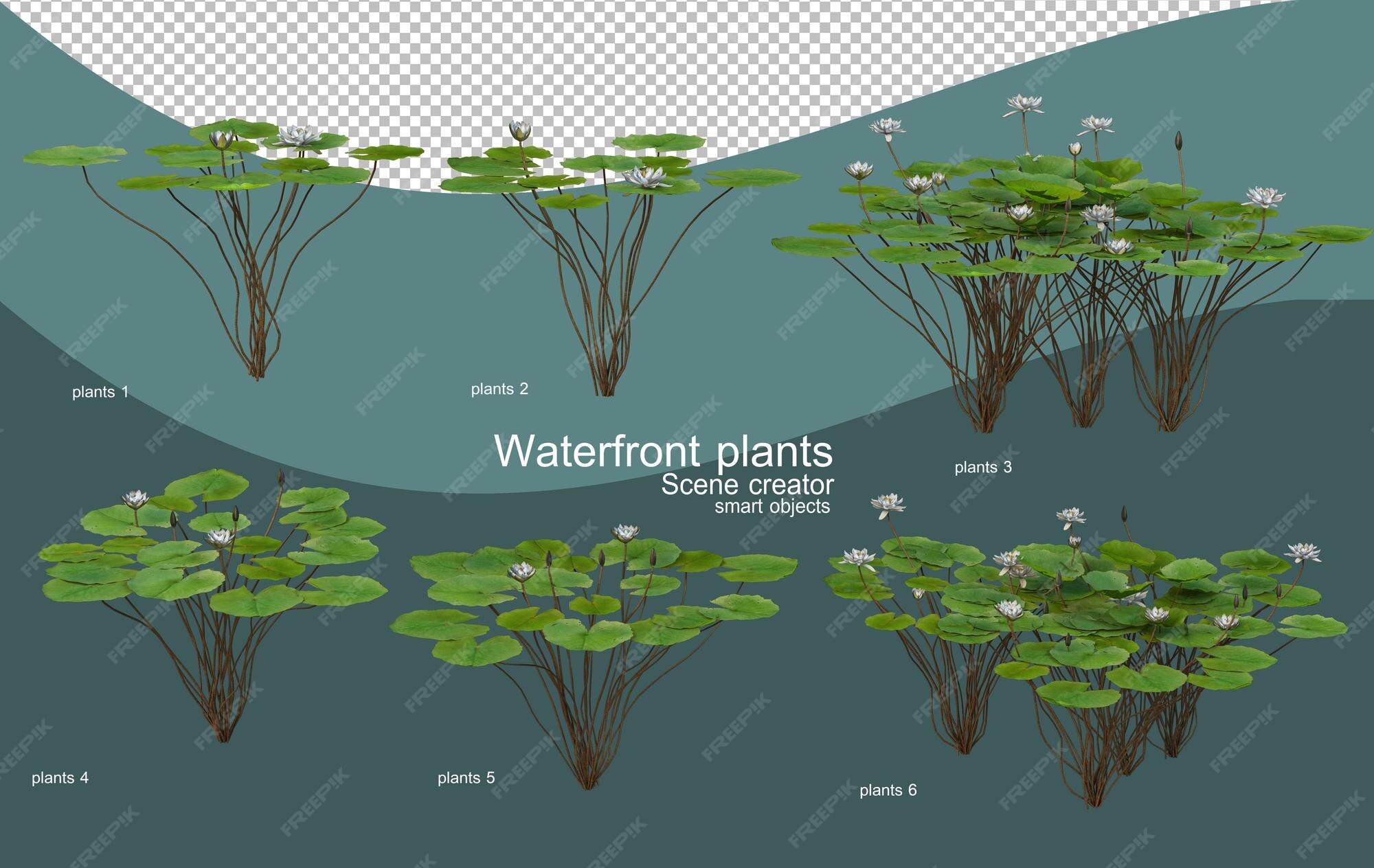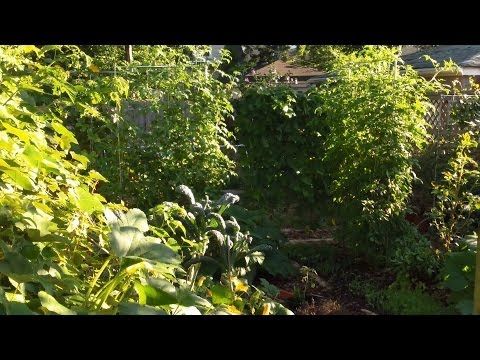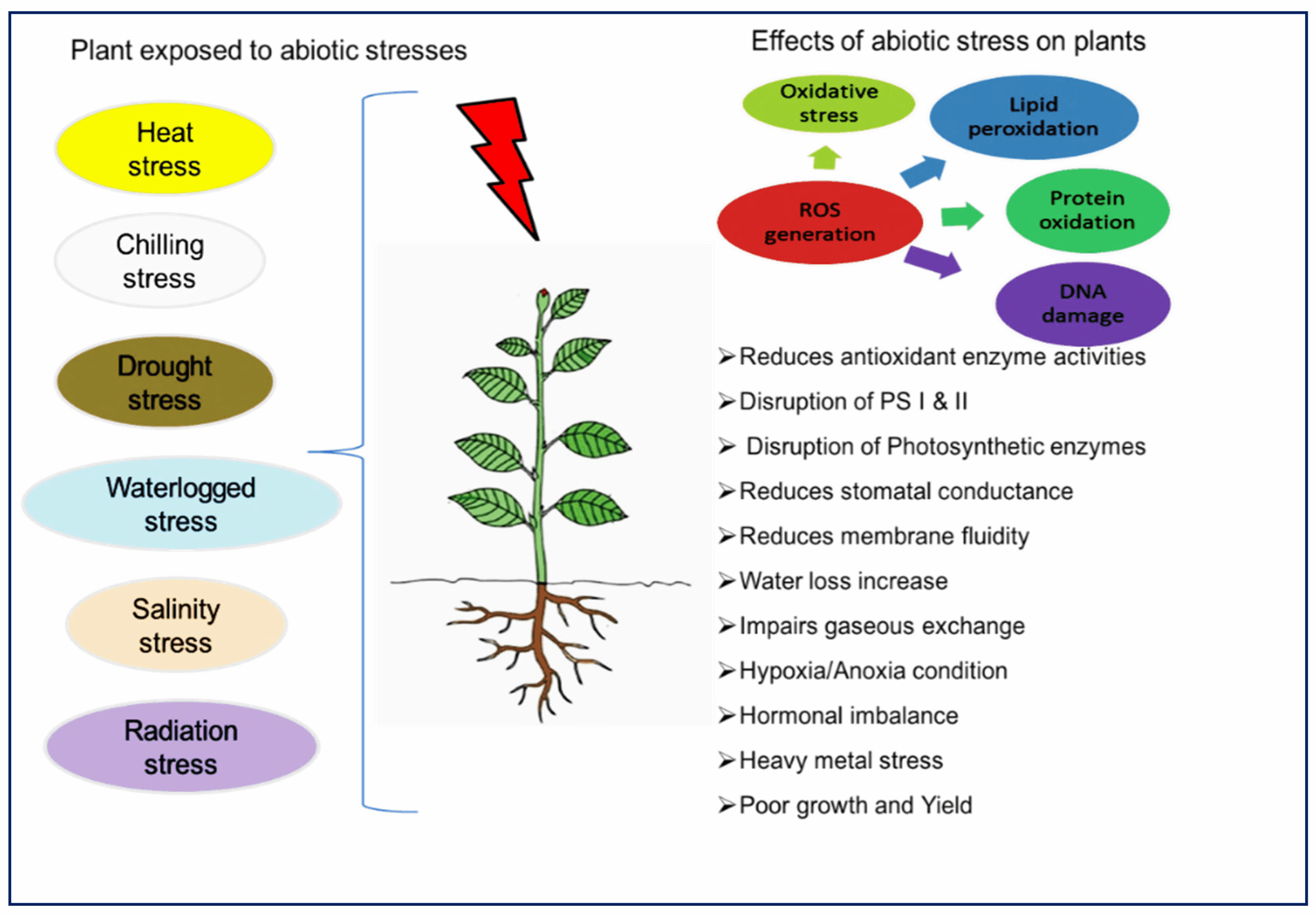
Introduction: Embracing Greenery in Confined Quarters
In today’s world, where urban living often means limited square footage, the desire to connect with nature remains as strong as ever. Whether you’re dealing with a slender balcony, a narrow hallway, or a petite patio, the challenge of incorporating greenery into tight spaces is a common one. But fear not, fellow plant enthusiasts! The good news is that a lack of horizontal space doesn’t have to equate to a lack of vibrant, thriving plants. With a little creativity and the right plant selections, even the most constrained areas can be transformed into lush, inviting oases. This comprehensive guide will walk you through the ins and outs of choosing plants perfectly suited for narrow spaces, ensuring your green dreams become a reality, no matter how limited your area may be.
We’ll delve into the crucial considerations, from understanding light conditions and space limitations to exploring a diverse range of plant options that thrive in vertical or compact environments. Get ready to discover the secrets to maximizing your green potential, even when space is at a premium. Prepare to be inspired and empowered to create a stunning, space-saving garden that brings beauty and tranquility to your life.
Understanding Your Space: Key Considerations Before You Plant
Before you rush out to your local nursery, it’s essential to take a moment to assess your space and understand its unique characteristics. This crucial step will help you narrow down your plant choices and ensure you select varieties that will thrive in your specific environment.
1. Light Conditions: The Sunshine Scenario
Light is the lifeblood of plants, and understanding the amount of sunlight your narrow space receives is paramount. Observe your space throughout the day to determine the direction and intensity of the light. Is it direct sunlight for several hours, dappled shade, or mostly indirect light? This will dictate the types of plants that will flourish. For instance, sun-loving plants like herbs and succulents need at least six hours of direct sunlight daily, while shade-tolerant varieties like ferns and snake plants can thrive in low-light conditions. Remember, even a north-facing balcony can support plants, but you’ll need to choose accordingly.
2. Space Limitations: Measuring Your Green Canvas
Narrow spaces demand careful planning. Measure the width and height of the area where you intend to place your plants. This will help you determine the maximum size and shape of the plants you can accommodate. Consider both the mature size of the plant and the size of the container. Think vertically! Tall, slender plants or those that can be trained to climb are excellent choices for maximizing space. Also, consider the depth of your planting area. Some plants have extensive root systems and will need deeper pots.
3. Climate and Temperature: The Environmental Factor
Your local climate plays a significant role in plant selection. Consider the average temperatures, humidity levels, and rainfall in your area. Choose plants that are hardy enough to withstand the extremes of your climate. If you live in a region with harsh winters, you may need to select plants that can be brought indoors during the colder months. Alternatively, you can choose plants that are naturally adapted to your climate and can thrive year-round outdoors. Also, consider the microclimate of your space. A balcony facing south will be warmer than one facing north.
4. Soil and Drainage: The Foundation of Growth
The type of soil you use is crucial for plant health. Ensure that your soil is well-draining to prevent root rot. Use a potting mix specifically formulated for containers, as it will provide the right balance of nutrients and drainage. Consider adding perlite or vermiculite to improve drainage. Also, be mindful of the pH level of your soil. Some plants prefer acidic soil, while others prefer alkaline soil. You can test your soil pH with a simple kit from your local garden center.
5. Watering and Maintenance: The Care Routine
Consider your lifestyle and the amount of time you can dedicate to plant care. Some plants are low-maintenance and require minimal watering, while others need more frequent attention. Choose plants that fit your schedule and skill level. Also, consider the watering requirements of different plants. Some plants prefer to dry out between waterings, while others need consistently moist soil. Be sure to research the specific needs of each plant you choose.
Vertical Gardening: Maximizing Space with Upward Growth
When space is limited, thinking vertically is key. Vertical gardening is a fantastic way to create a lush, green display without sacrificing precious floor space. There are numerous options for vertical gardening, each with its own unique aesthetic and practical advantages.
1. Wall-Mounted Planters: Adding Greenery to Walls
Wall-mounted planters are a simple and effective way to add greenery to your walls. They come in a variety of styles, from sleek and modern to rustic and charming. You can choose planters made from various materials, such as metal, plastic, or ceramic. Wall-mounted planters are ideal for small plants like succulents, herbs, and trailing vines. Be sure to choose planters that are appropriate for the weight of the plants and soil you will be using. Also, consider the drainage of the planters to prevent water damage to your walls.
2. Hanging Baskets: Suspended Beauty
Hanging baskets are a classic choice for adding a touch of beauty and elegance to any space. They can be hung from ceilings, balconies, or even walls. Hanging baskets are perfect for trailing plants like petunias, geraniums, and ivy. Choose baskets that are made from durable materials and that have good drainage. Be sure to water your hanging baskets regularly, as they tend to dry out quickly.
3. Trellises and Climbing Plants: Vertical Green Walls
Trellises are a great way to create a stunning vertical green wall. They provide support for climbing plants like vines, roses, and clematis. Trellises can be attached to walls, fences, or even freestanding structures. Choose a trellis that is appropriate for the size and weight of the plants you will be growing. Be sure to train your climbing plants to grow along the trellis, and prune them regularly to keep them in shape.
4. Living Walls: A Statement of Greenery
Living walls, also known as green walls, are a more elaborate form of vertical gardening. They consist of a structure that supports a variety of plants, creating a living tapestry of greenery. Living walls can be custom-designed to fit any space and can incorporate a wide range of plants. They require a more significant investment and maintenance than other forms of vertical gardening, but the impact they create is undeniable.
5. Stacked Planters: Tiered Greenery
Stacked planters are a clever way to create a vertical garden in a small space. They consist of multiple planters stacked on top of each other, creating a tiered effect. Stacked planters are ideal for herbs, strawberries, and other small plants. Choose planters that are designed to be stacked and that have good drainage. Be sure to water your plants regularly, as the top planters tend to dry out more quickly.
Top Plant Choices for Narrow Spaces: A Green Gallery
Now that you understand the principles of choosing plants for narrow spaces, let’s explore some specific plant options that thrive in these environments. This list includes a variety of plants with different growth habits, light requirements, and aesthetic qualities, ensuring you’ll find the perfect fit for your space.
1. Snake Plant (Sansevieria trifasciata): The Low-Maintenance Champion
The snake plant, also known as mother-in-law’s tongue, is a virtually indestructible plant that thrives in low-light conditions. It’s an excellent choice for beginners and those who tend to forget to water their plants. Snake plants have tall, upright leaves that add a touch of modern elegance to any space. They also purify the air, making them a healthy addition to your home.
2. ZZ Plant (Zamioculcas zamiifolia): The Drought-Tolerant Beauty
The ZZ plant is another low-maintenance option that is incredibly tolerant of neglect. It can thrive in low-light conditions and can go for weeks without water. ZZ plants have glossy, dark green leaves that add a touch of sophistication to any space. They are also relatively pest-resistant.
3. Spider Plant (Chlorophytum comosum): The Air-Purifying Wonder
The spider plant is a classic houseplant that is easy to grow and propagate. It produces long, arching leaves with spider-like plantlets that can be easily rooted to create new plants. Spider plants are excellent air purifiers and thrive in bright, indirect light.
4. Peace Lily (Spathiphyllum): The Elegant Bloom
The peace lily is a beautiful plant with glossy green leaves and elegant white flowers. It thrives in low-light conditions and prefers consistently moist soil. Peace lilies are excellent air purifiers and can add a touch of tranquility to any space.
5. Herbs: A Culinary Delight
Many herbs thrive in narrow spaces, especially when grown in containers. Consider growing basil, mint, rosemary, thyme, or chives. These herbs not only add a touch of greenery to your space but also provide fresh ingredients for your culinary creations. Most herbs require at least six hours of direct sunlight daily.
6. Succulents: The Desert Darlings
Succulents are a diverse group of plants that are well-suited for narrow spaces. They come in a variety of shapes, sizes, and colors, and they are incredibly drought-tolerant. Succulents require bright sunlight and well-draining soil. Popular choices include echeverias, sedums, and haworthias.
7. Air Plants (Tillandsia): The Soil-Free Wonders
Air plants are unique plants that don’t require soil. They absorb moisture and nutrients from the air through their leaves. Air plants can be displayed in a variety of ways, such as in hanging planters, on shelves, or even glued to pieces of driftwood. They require bright, indirect light and should be misted with water regularly.
8. Bamboo Palm (Chamaedorea seifrizii): The Tropical Touch
The bamboo palm is a graceful plant that adds a touch of tropical flair to any space. It thrives in bright, indirect light and prefers consistently moist soil. Bamboo palms are excellent air purifiers and can help to create a relaxing atmosphere.
9. Cast Iron Plant (Aspidistra elatior): The Indestructible Choice
The cast iron plant is known for its ability to withstand neglect and thrive in even the most challenging conditions. It can tolerate low light, infrequent watering, and extreme temperatures. Cast iron plants have long, dark green leaves that add a touch of elegance to any space.
10. Pothos (Epipremnum aureum): The Trailing Beauty
Pothos is a versatile plant that can be grown in hanging baskets, on shelves, or trained to climb. It has trailing vines with heart-shaped leaves that come in a variety of colors and patterns. Pothos is easy to grow and propagate and can tolerate low-light conditions.
11. Asparagus Fern (Asparagus setaceus): The Delicate Texture
Despite its name, the asparagus fern is not a true fern but a member of the lily family. It features delicate, feathery foliage that adds a soft, textural element to any space. It thrives in bright, indirect light and prefers consistently moist soil. Be mindful of its sharp thorns.
12. Calathea: The Patterned Perfection
Calatheas are known for their striking foliage, boasting intricate patterns and vibrant colors. They prefer bright, indirect light and consistently moist soil. They can be a bit more demanding than some other houseplants, but their beauty is well worth the effort.
Container Selection: Choosing the Right Home for Your Plants
The container you choose for your plants is just as important as the plant itself. The right container will provide adequate drainage, support the plant’s root system, and complement the overall aesthetic of your space.
1. Size and Shape: Matching the Plant’s Needs
Choose a container that is appropriately sized for the plant you will be growing. The container should be large enough to accommodate the plant’s root system and allow for future growth. Consider the shape of the plant as well. Tall, slender plants will need a taller container, while spreading plants will need a wider container.
2. Material: Aesthetics and Functionality
Containers come in a variety of materials, each with its own advantages and disadvantages. Terracotta pots are porous and allow for good drainage, but they can dry out quickly. Plastic pots are lightweight and inexpensive, but they don’t breathe as well as terracotta pots. Ceramic pots are beautiful and durable, but they can be heavy. Choose a material that is appropriate for your climate and your watering habits.
3. Drainage: Preventing Root Rot
Adequate drainage is essential for plant health. Choose containers that have drainage holes in the bottom to allow excess water to escape. You can also add a layer of gravel or pebbles to the bottom of the container to improve drainage.
4. Style: Complementing Your Decor
Choose containers that complement the overall style of your space. If you have a modern aesthetic, choose sleek, minimalist containers. If you have a more rustic aesthetic, choose terracotta or wooden containers. The container should enhance the beauty of the plant and the overall ambiance of your space.
Maintaining Your Narrow Space Garden: Tips for Success
Once you’ve chosen your plants and containers, it’s important to establish a regular maintenance routine to ensure your plants thrive. Here are some tips for success:
1. Watering: Finding the Right Balance
Water your plants regularly, but be careful not to overwater them. Allow the soil to dry out slightly between waterings. The frequency of watering will depend on the type of plant, the size of the container, and the climate. Check the soil moisture regularly by sticking your finger into the soil. If the soil is dry to the touch, it’s time to water.
2. Fertilizing: Providing Essential Nutrients
Fertilize your plants regularly to provide them with the nutrients they need to grow and thrive. Use a balanced fertilizer that is specifically formulated for houseplants. Follow the instructions on the fertilizer label carefully. Fertilize your plants during the growing season (spring and summer) and reduce or eliminate fertilizing during the dormant season (fall and winter).
3. Pruning: Shaping and Encouraging Growth
Prune your plants regularly to shape them and encourage new growth. Remove any dead or dying leaves or stems. Pruning can also help to improve air circulation and prevent disease.
4. Pest Control: Keeping Unwanted Guests Away
Inspect your plants regularly for pests. Common houseplant pests include aphids, spider mites, and mealybugs. If you find pests, treat them promptly with an appropriate insecticide or horticultural oil. You can also try using natural pest control methods, such as neem oil or insecticidal soap.
5. Repotting: Providing Room to Grow
Repot your plants every year or two to provide them with fresh soil and more room to grow. Choose a container that is slightly larger than the current container. Gently remove the plant from its current container and loosen the root ball. Place the plant in the new container and fill it with fresh potting mix. Water the plant thoroughly after repotting.
Conclusion: Cultivating Green Oases in Limited Spaces
Creating a beautiful and thriving garden in a narrow space is entirely achievable with careful planning and the right plant selections. By understanding your space, choosing plants that thrive in vertical or compact environments, and establishing a regular maintenance routine, you can transform even the most constrained areas into lush, inviting oases. Embrace the challenge, get creative with your plant choices and container arrangements, and enjoy the beauty and tranquility that greenery brings to your life, no matter how limited your space may be. So go ahead, start planting, and watch your narrow space blossom into a vibrant and flourishing garden!


